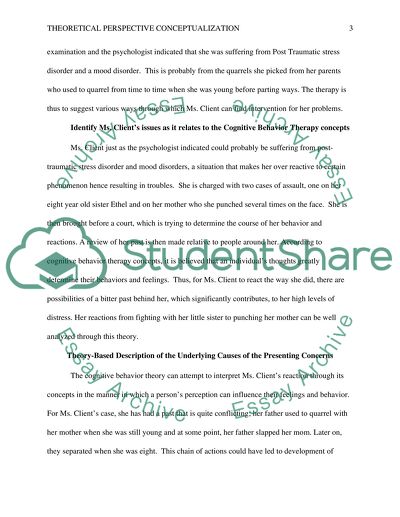Cite this document
(“Theoretical Perspective Conceptualization Case Study”, n.d.)
Retrieved from https://studentshare.org/psychology/1491049-theoretical-perspective-conceptualization
Retrieved from https://studentshare.org/psychology/1491049-theoretical-perspective-conceptualization
(Theoretical Perspective Conceptualization Case Study)
https://studentshare.org/psychology/1491049-theoretical-perspective-conceptualization.
https://studentshare.org/psychology/1491049-theoretical-perspective-conceptualization.
“Theoretical Perspective Conceptualization Case Study”, n.d. https://studentshare.org/psychology/1491049-theoretical-perspective-conceptualization.


